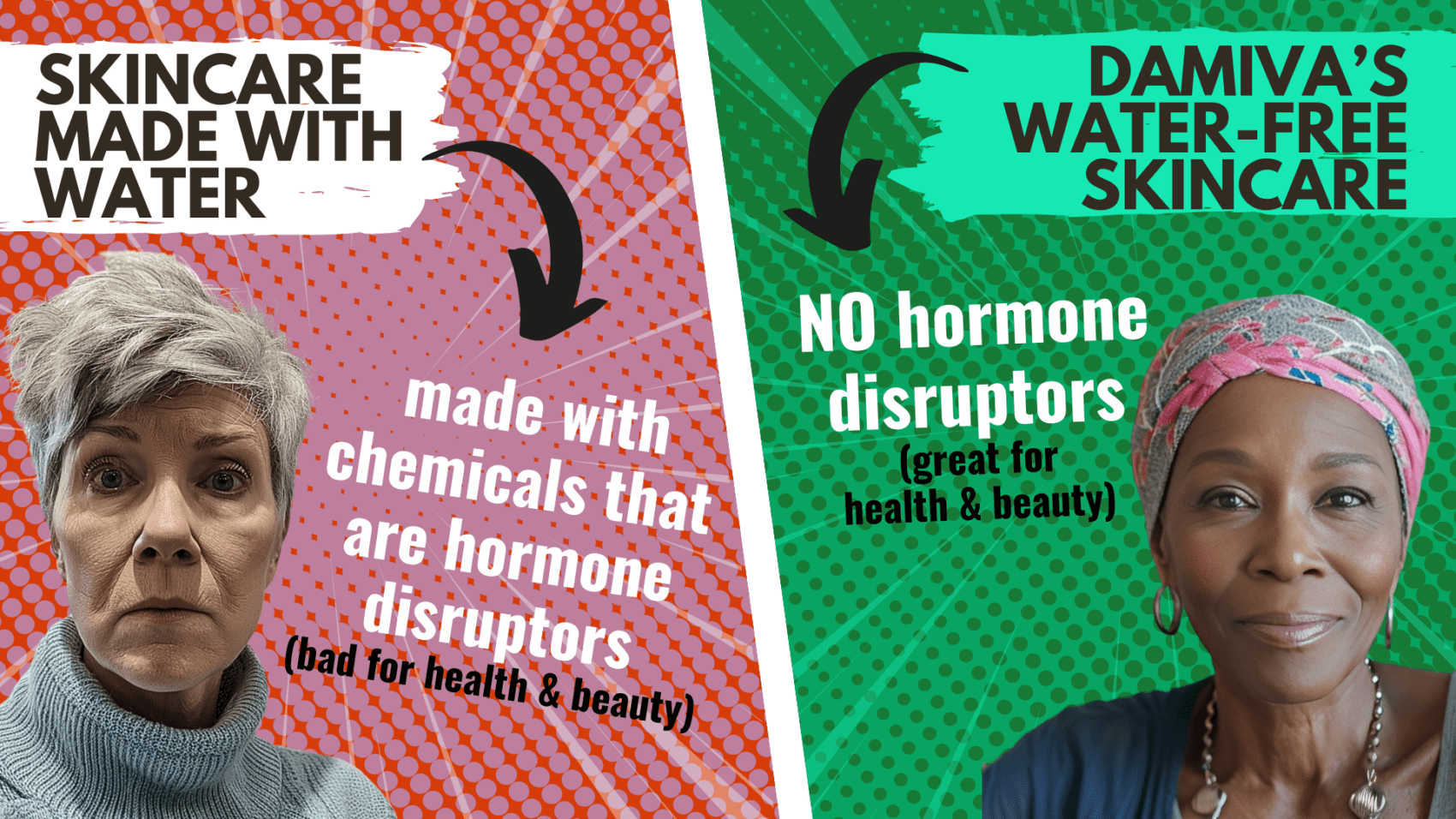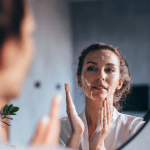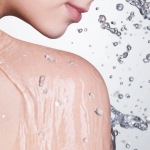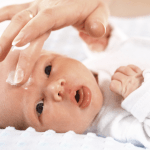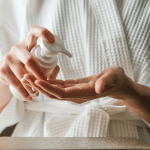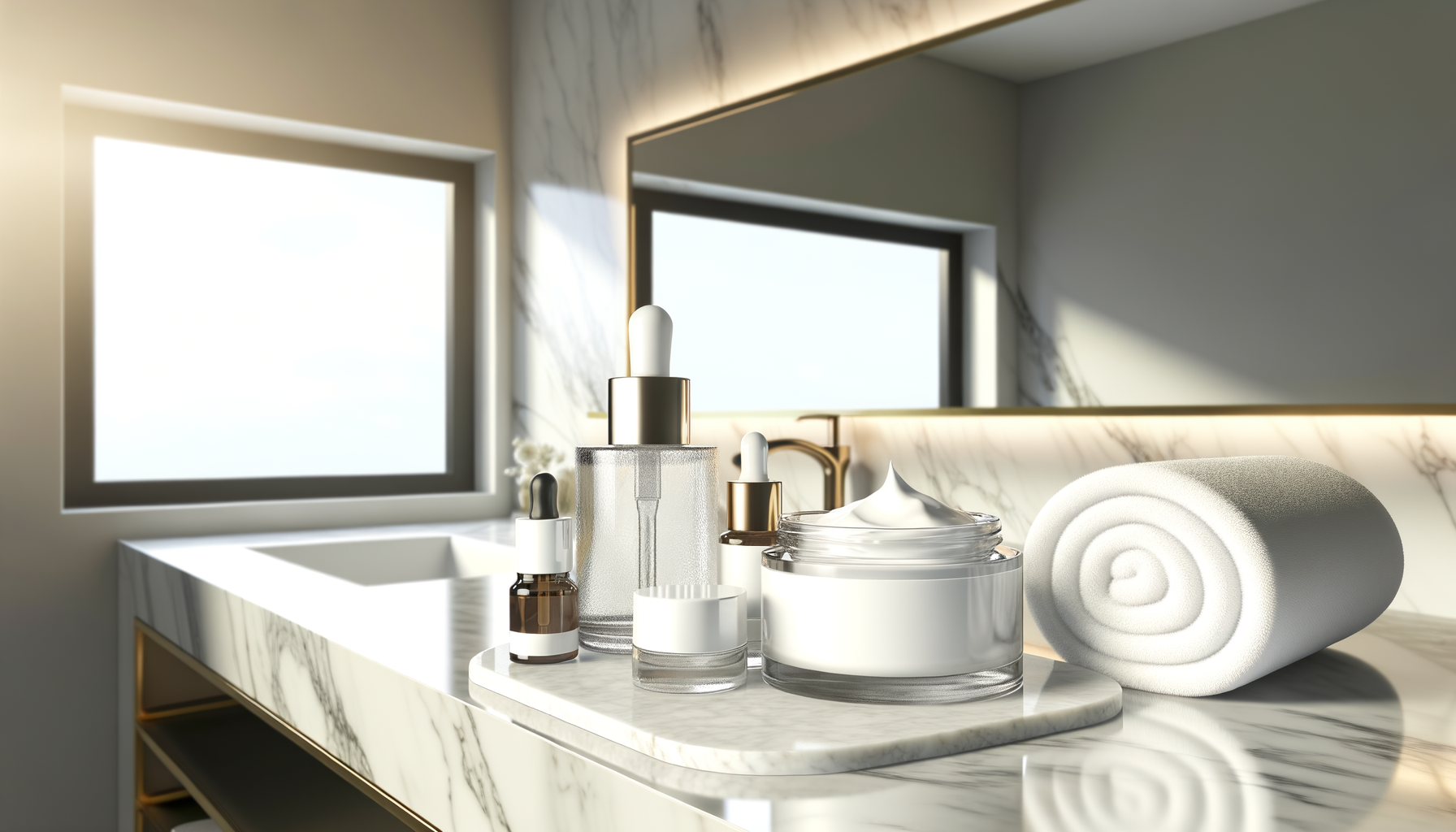
Introduction to Dioxin
What is Dioxin?
Dioxins are a group of chemically-related compounds that are persistent environmental pollutants (POPs). They are mostly byproducts of various industrial processes but can also result from natural processes such as volcanic eruptions and forest fires. Dioxins are found throughout the world in the environment and they accumulate in the food chain, mainly in the fatty tissue of animals. The most toxic dioxin compound is known as 2,3,7,8-tetrachlorodibenzo-p-dioxin (TCDD). Dioxins are highly durable and can linger in the environment for extended periods due to their ability to resist natural degradation.
Sources of Dioxin Exposure
Humans are exposed to dioxins through a variety of sources. The primary route of exposure is through the consumption of food, particularly animal products such as meat, dairy, fish, and shellfish, which account for more than 90% of human dioxin intake. Other sources include industrial processes like bleaching of paper pulp, chemical and pesticide manufacturing, and the incineration of waste. Additionally, dioxins can be released into the air from natural events and can travel long distances, settling on crops and in waterways, further contributing to dietary exposure.
Dioxin’s Impact on Health
The health effects of dioxin exposure are significant and diverse. Dioxins have been shown to cause cancer in laboratory animals and are strongly linked to a range of health issues in humans, including skin disorders like chloracne, liver problems, and impairment of the immune, endocrine, and reproductive systems. The most harmful dioxin, TCDD, is classified as a known human carcinogen. Exposure to dioxins can also result in developmental problems in children, reproductive and infertility issues in adults, and can interfere with hormones and cause other serious health effects.
Regulation and Safety Levels
Due to the toxic nature of dioxins, international and national agencies have established guidelines to limit exposure. The World Health Organization, through the Joint Expert Committee on Food Additives, has set a tolerable monthly intake level for dioxins. Regulatory efforts have led to a significant reduction in emissions from industrial sources over the past decades. In the United States, the Environmental Protection Agency (EPA) has been instrumental in banning or limiting the production of dioxin-containing compounds and in setting safety standards for environmental cleanup projects. However, despite these efforts, dioxins remain a concern due to their persistence in the environment and their continued release from both controlled and uncontrolled sources.

Do you have the most commonly used but toxic, disease bringing chemicals in your skin care? Many chemicals in skincare are hormone disruptors and make menopause symptoms worse.
Find out more…
Dioxin in the Skincare Industry
How Dioxin Contaminates Skincare Products
Dioxins (persistent environmental pollutants, POPs) find their way into skincare products through a variety of means. The contamination often occurs during the manufacturing process, where dioxins are produced as byproducts of bleaching with chlorine or the incineration of organic materials. Additionally, the presence of dioxins in raw materials, such as clays or other natural ingredients that are exposed to contaminated soil or water, can lead to their inadvertent inclusion in skincare formulations. Since dioxins are highly stable and do not easily degrade, they can remain in products for an extended period.
Common Skincare Products Susceptible to Dioxin Contamination
Skincare products that are most susceptible to dioxin contamination include those with ingredients derived from natural sources or those that undergo chlorine bleaching processes. These can include:
- Facial cleansers
- Moisturizers
- Body lotions
- Clay masks
- Products containing paper byproducts
It is important to note that the risk of contamination is not limited to these products alone, as dioxins can be present in the environment and may contaminate any ingredient that is not properly tested or sourced.
The Challenge of Detecting Dioxin in Skincare
Detecting dioxins in skincare products is a significant challenge due to their low concentrations and the complexity of cosmetic formulations. Dioxins are typically present in parts per trillion (ppt), requiring sophisticated analytical methods, such as high-resolution gas chromatography and mass spectrometry, to identify and quantify their presence. Moreover, the wide variety of chemicals in skincare products can interfere with detection, making it difficult to isolate dioxins for analysis. The cost and technical expertise required for such testing can be prohibitive for many manufacturers, especially smaller brands. Consequently, the burden of ensuring products are free from dioxins often falls on regulatory agencies and independent testing bodies, which may only test a fraction of the vast array of skincare products available on the market.
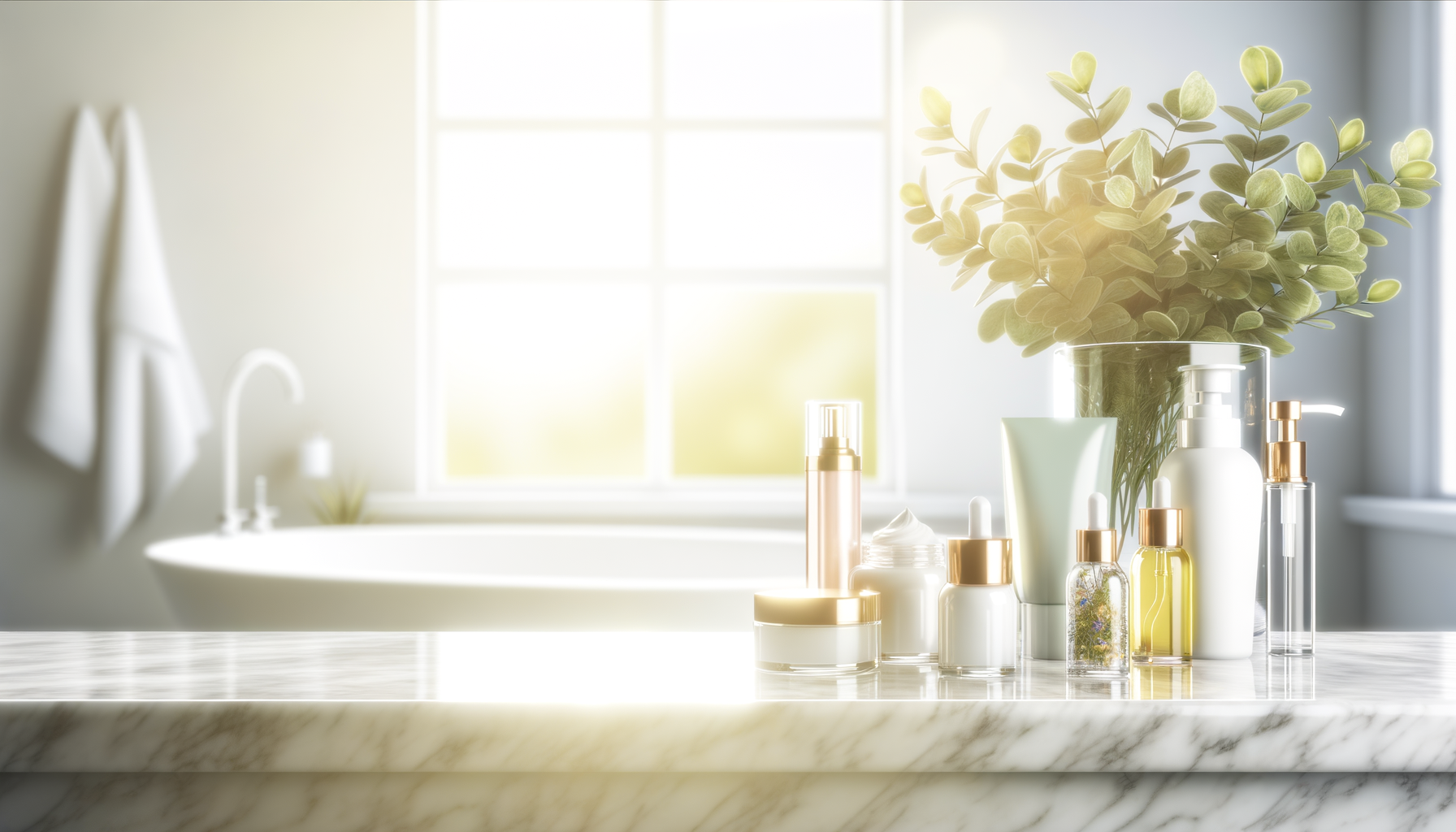
Popular Read: Endocrine Disruptors in Skincare: What You Need to Know
Health Implications for Women
Dioxin’s Role as an Endocrine Disruptor
Dioxin, a term that refers to a group of toxic chemical compounds, is known to be an endocrine disruptor. Endocrine disruptors are substances that can interfere with the hormonal systems at certain doses and can cause cancerous tumors, birth defects, and other developmental disorders. Specifically, dioxin binds to a cellular receptor involved in hormone regulation, which can lead to a cascade of adverse effects. The disruption of hormonal balance by dioxin can affect reproductive health, development, and metabolism in women, potentially leading to serious health issues.
The Link Between Dioxin and Hormonal Imbalances
Hormones are critical for maintaining the body’s homeostasis, and even slight imbalances can have significant effects. Dioxin’s ability to disrupt hormone function can lead to hormonal imbalances, which may manifest as irregular menstrual cycles, infertility, and other reproductive issues. The impact of dioxin on hormones is particularly concerning for women, as it can alter estrogen and other hormone levels that are essential for female reproductive health.
Dioxin Exposure and Breast Cancer Risk
Research has indicated a potential link between dioxin exposure and an increased risk of breast cancer. Breast cancer is a complex disease with multiple risk factors, including genetic predisposition and lifestyle choices. However, the role of environmental contaminants like dioxin is increasingly being scrutinized. Dioxin’s estrogen-like effects can contribute to the development and progression of breast cancer by influencing cell growth and proliferation.
Effects on Aging and Menopause
The effects of dioxin are not limited to reproductive health but may also influence the process of aging and menopause. As women age, they experience natural hormonal changes, which can be exacerbated by dioxin exposure. Symptoms associated with menopause, such as hot flashes, mood swings, and osteoporosis, could be intensified. Additionally, dioxin’s impact on skin health can contribute to premature aging, affecting the skin’s elasticity and appearance.
In conclusion, the presence of dioxin as an unseen contaminant in the environment poses significant health risks for women. Its role as an endocrine disruptor can lead to hormonal imbalances, increased risk of breast cancer, and exacerbated symptoms of aging and menopause. It is imperative for women to be aware of these potential risks and take steps to minimize their exposure to dioxin and other similar toxins.
Identifying and Avoiding Dioxin in Skincare
Reading and Understanding Labels
One of the first steps in avoiding dioxin in skincare is to become adept at reading and understanding product labels. Dioxins are not intentionally added to skincare products but can be present as contaminants. Therefore, they are not listed in the ingredients. However, you can look for ingredients that might indicate the presence of dioxins, such as triclosan, PEG compounds, and certain types of alcohols, which can be contaminated during the manufacturing process. Be wary of vague terms like “fragrance” or “perfume,” which can hide a multitude of chemicals, potentially including dioxins. Opt for products with a shorter, more transparent ingredient list, as this can reduce the likelihood of dioxin contamination.
Do you know the 3 main ways how your body is exposed to harmful chemicals, which affect your hormones, your thyroid, health and beauty?
If not, it may be time to learn about them. It takes about 1-2 minutes.
We have a few suggestions how to avoid these silent health and immune system killers in our new guide.
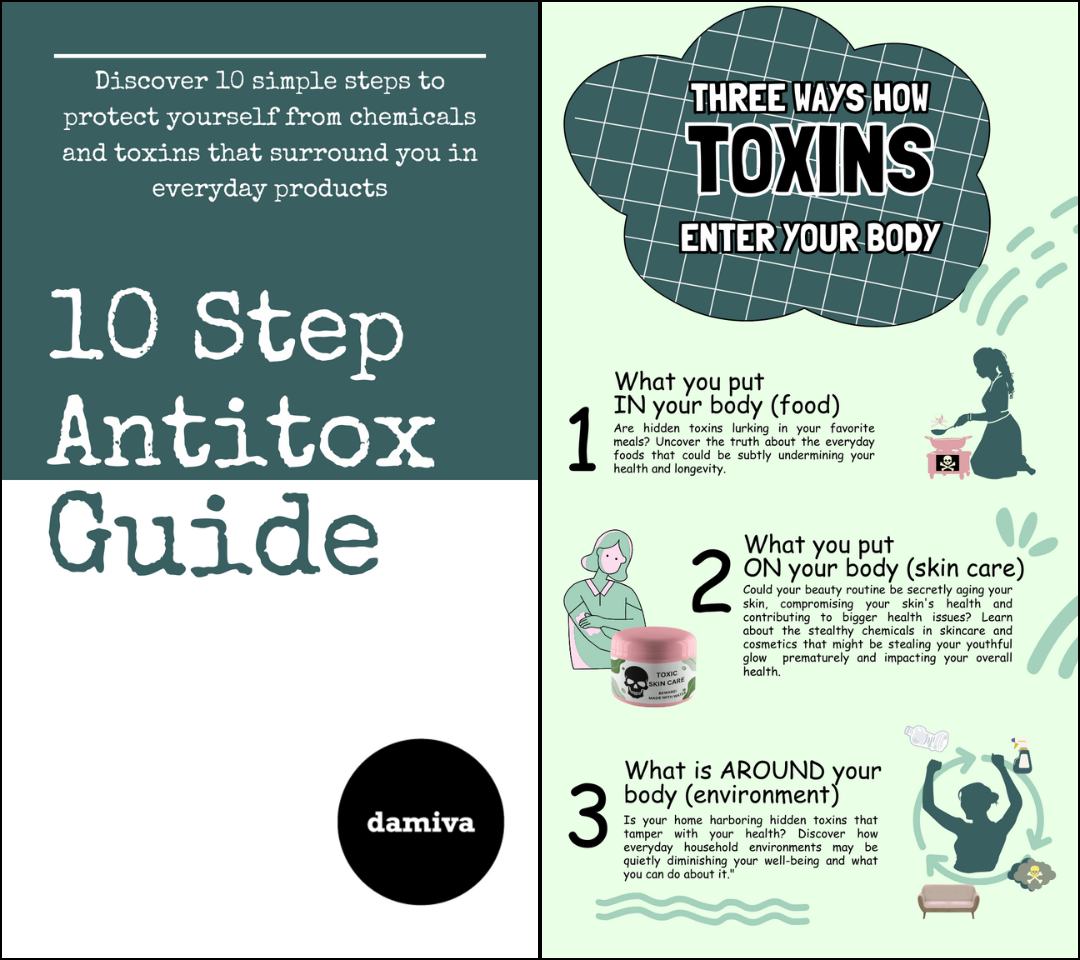
Natural Alternatives
Switching to all-natural skincare, chemical-free products can be a safer option, as these are less likely to contain synthetic chemicals that can harbor dioxins. However, it’s important to note that the terms “natural” and “organic” are not always regulated, so it’s crucial to choose products that you can trust and go for products labeled as ALL-natural.
Look for products that don’t list water (aqua, eau, juice) in the ingredient list because when a product contains water, it contains preservatives (chemicals). The water-free skincare line of Damiva is a line of patented chemical-free, water-free products that are long-term safe.
DIY Skincare Solutions
Creating your own skincare products at home can be an effective way to control what goes on your skin. Simple ingredients like coconut oil, shea butter, sugar, and essential oils can be used to make moisturizers, scrubs, and masks without the risk of dioxin contamination. When making DIY skincare, use organic ingredients when possible, and ensure that any containers or tools used are clean to avoid introducing contaminants.
Do you know the three main ways that your body gets in touch with harmful chemicals with everyday products? Knowledge is Power!
The Ultimate Detox Guide will tell you how to lower your exposure to harmful chemicals!

Detoxifying from Dioxin
Methods to Detoxify Your Body
Detoxification from dioxins, a group of chemically-related compounds known for their persistence in the environment and the human body, is a complex process. The body’s natural detoxification systems, primarily the liver and kidneys, work to eliminate these toxins. However, certain interventions can support and enhance these processes. Activated charcoal, for instance, can bind to dioxins in the gut, reducing their absorption. Dietary changes, such as increasing fiber intake, can also aid in the elimination of dioxins through fecal excretion. Additionally, certain supplements, like chlorophyll, have been suggested to promote detoxification, although scientific evidence is limited and more research is needed.
Supporting Your Body’s Natural Detoxification
Supporting the body’s natural detoxification pathways is crucial for reducing the burden of dioxin accumulation. This can be achieved through a diet rich in antioxidants, which helps protect the body from oxidative stress caused by dioxins. Foods high in vitamins C and E, as well as selenium and beta-carotene, contribute to this protective effect. Adequate hydration is also essential, as it facilitates the renal excretion of toxins. Regular physical activity can improve circulation and promote the removal of toxins through sweat. Furthermore, maintaining a healthy weight is important, as dioxins are lipophilic and can be stored in body fat, being released into the bloodstream during weight loss.
Lifestyle Changes to Reduce Dioxin Exposure
Minimizing exposure to dioxins is a proactive way to reduce their impact on health. This can be achieved by making informed choices about the consumption of animal products, as dioxins tend to accumulate in the food chain, particularly in the fat of meat, dairy, and fish. Opting for lean cuts of meat, trimming fat, and consuming low-fat dairy products can reduce dioxin intake. Additionally, avoiding or limiting the use of products that may contain dioxins, such as bleached paper products, certain cosmetics, and pesticides, is advisable. It is also beneficial to stay informed about local environmental issues, such as industrial pollution, which can contribute to dioxin exposure.
By the way, something for you, a little gift!!!
I am just in the middle of publishing my book. It’s about How women can balance their hormones. One part is about food and diet, of course.
Follow this link and enter your email.
I will send you this part of the book for free once the book is published. It has many concrete, practical tips and recipes and will help you feel better during menopause or times of Big hormonal fluctuations.
Annette, Damiva Lead for Health & Wellness

Navigating Health and Beauty as You Age
Balancing Hormones Naturally
As women age, hormonal balance becomes a key factor in maintaining health and beauty. Natural methods to balance hormones include a diet rich in phytoestrogens, regular exercise, stress management techniques like yoga or meditation, and ensuring adequate sleep. Phytoestrogens, found in foods such as flaxseeds and soy, can mimic estrogen in the body and help mitigate symptoms of hormonal imbalances. Regular physical activity can also help regulate hormones by reducing stress and promoting a healthy weight.
Enhancing Energy and Mental Clarity
Energy levels and mental clarity can be enhanced through a balanced diet, hydration, and cognitive exercises. Antioxidant-rich foods such as berries, nuts, and green leafy vegetables support brain health, while staying hydrated with water and herbal teas can improve concentration and energy. Mental exercises like puzzles, reading, and learning new skills can keep the mind sharp and clear.
Holistic Approaches to Aging
Holistic approaches to aging focus on the interconnectedness of the mind, body, and spirit. Incorporating holistic practices such as acupuncture, massage therapy, and herbal supplements can support overall well-being. Embracing a positive mindset and engaging in social activities can also contribute to a more vibrant and fulfilling aging process.
Building a Chemical-Free Skincare Routine
To build a chemical-free skincare routine, start by choosing products with natural and organic ingredients. Look for items that are free from parabens, sulfates, and synthetic fragrances. Consider using oils like jojoba or argan for moisturizing, and opt for mineral-based sunscreens. Homemade face masks made from ingredients like honey, oatmeal, or avocado can provide nourishing, chemical-free alternatives to store-bought products.
Conclusion: Empowerment Through Knowledge
Summarizing Key Takeaways
In our exploration of dioxin in skincare, we’ve uncovered the invisible threat that this contaminant poses to our health and environment. Dioxin, a byproduct of industrial processes, finds its way into skincare products through contaminated raw materials and manufacturing processes. Its presence in commonly used beauty items is concerning due to its classification as an endocrine disruptor, with links to hormonal imbalances, breast cancer risk, and effects on aging and menopause. Despite the challenges in detecting dioxin, regulations and safety levels are in place to mitigate its impact, though vigilance in product selection remains crucial.
Continued Education and Advocacy
Staying informed is our first line of defense. As consumers, we must continue to educate ourselves about the ingredients in our skincare products and their potential sources of contamination. Advocacy for stricter regulations and transparency from the skincare industry is essential. By supporting organizations and initiatives that push for cleaner beauty standards, we contribute to a larger movement towards safer products. Additionally, sharing knowledge within our communities raises collective awareness and empowers more informed choices.
Making Informed Choices for Long-Term Health
Making informed choices about skincare involves more than just reading labels; it’s about understanding the implications of those ingredients on our health and the environment. Opting for natural and organic alternatives, looking for certifications, and considering DIY skincare solutions can reduce exposure to dioxin. Embracing a holistic approach to beauty, which includes lifestyle changes to reduce overall exposure to toxins, can lead to better health outcomes. Ultimately, the power lies in our hands to choose products that not only make us look good but also support our long-term well-being.
In conclusion, the journey towards a dioxin-free skincare routine is not just about personal health—it’s a collective effort towards a healthier society and planet. By arming ourselves with knowledge, advocating for change, and making conscious choices, we empower ourselves to lead a life that is not only beautiful on the outside but also safe and sustainable for generations to come.
